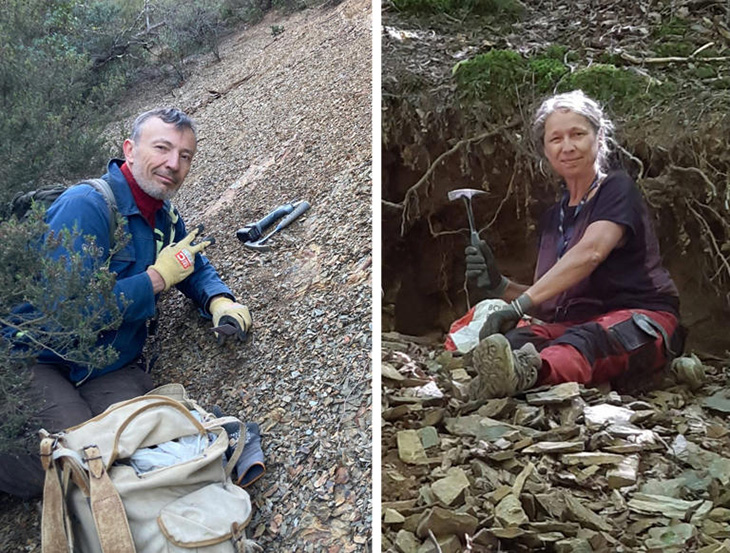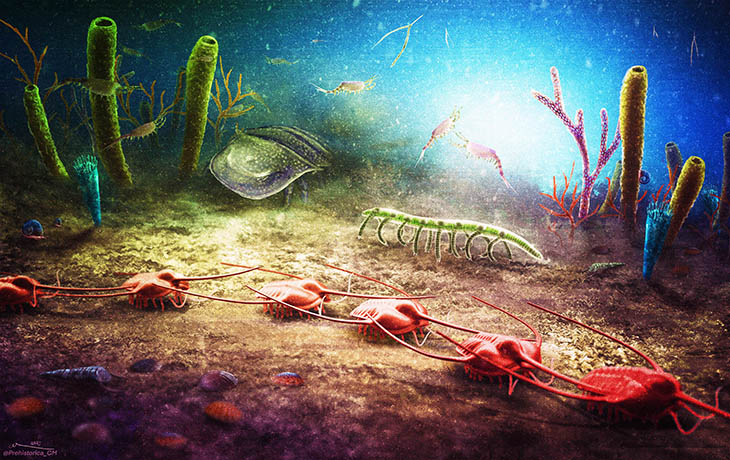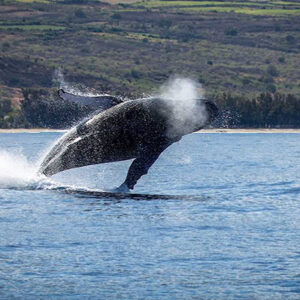
Two amateur paleontologists recently unearthed a site of immense significance in France, boasting nearly 400 fossils dating back a staggering 470 million years. Nestled within the scenic Montagne Noire, this locale has garnered global attention for its treasure trove of exceptionally preserved specimens, shedding light on a pivotal era in Earth’s history.
These fossils, meticulously preserved over eons, serve as poignant relics of an ancient refuge. They unveil a narrative of resilience, where organisms sought sanctuary from the throes of global warming that gripped our planet. Amidst the Ordovician period, spanning approximately 42 million years, this site emerged as a sanctuary for life amidst the tumultuous geological shifts.
Montagne Noire’s significance extends beyond its temporal boundaries; it stands as a testament to the interconnectedness of Earth’s continents during a time when southern Europe, Africa, South America, Antarctica, and Australia coalesced into a colossal super-continent. This convergence, in its journey towards the South Pole, fostered an environment ripe for the proliferation of life and the preservation of its remnants.
For the two amateur paleontologists who stumbled upon this marvel, their elation was boundless upon realizing the magnitude of their discovery. Their passion and dedication have unveiled a chapter of Earth’s story that transcends time, enriching our understanding of the world and its ancient inhabitants.
“We’ve been prospecting and searching for fossils since the age of 20,” said Eric Monceret and his wife Sylvie. “When we came across this amazing biota, we understood the importance of the discovery and went from amazement to excitement.”
The fossils found at the Cabrières Biota are truly exceptional in their level of preservation, boasting rare soft elements like intact digestive systems and cuticles. This remarkable state of preservation offers researchers a unique opportunity to delve into the ancient ecosystem with unprecedented detail.
Upon closer examination of the site, scientists have identified a diverse array of organisms. Among them are arthropods, a broad group encompassing creatures like millipedes and shrimps, which provide insights into the early evolutionary history of these important animal groups. Additionally, the presence of cnidarians, including jellyfish and corals, suggests a vibrant marine environment. The abundance of algae and sponges further enriches our understanding of the ecological dynamics of this ancient community.
The Cabrières Biota stands as a treasure trove of ancient life, offering invaluable clues to unraveling the mysteries of past ecosystems and the evolutionary processes that shaped life on Earth.

The rich biodiversity of the site indicates that it provided shelter for species seeking refuge from the extreme temperatures further north during that period. Additionally, this biota was situated in close proximity to the South Pole in the past, offering insight into the composition of southernmost ecosystems during the Ordovician era.
“At this time of intense global warming, animals were indeed living in high latitude refugia, escaping extreme equatorial temperatures,” said Dr. Farid Saleh from the University of Lausanne, in Switzerland, and lead author of the study.
The Swiss researchers, alongside their colleagues at The French National Center for Scientific Research (CNRS), have just embarked on their journey. Their recent publication in Nature Ecology & Evolution marks merely the inception of their endeavors.
Employing cutting-edge methods and techniques, their objective is to unveil both the internal and external anatomy of organisms. Additionally, they seek to infer phylogenetic relationships and modes of life within the polar ecosystem.
What are your thoughts? Please comment below and share this news!
True Activist / Report a typo


